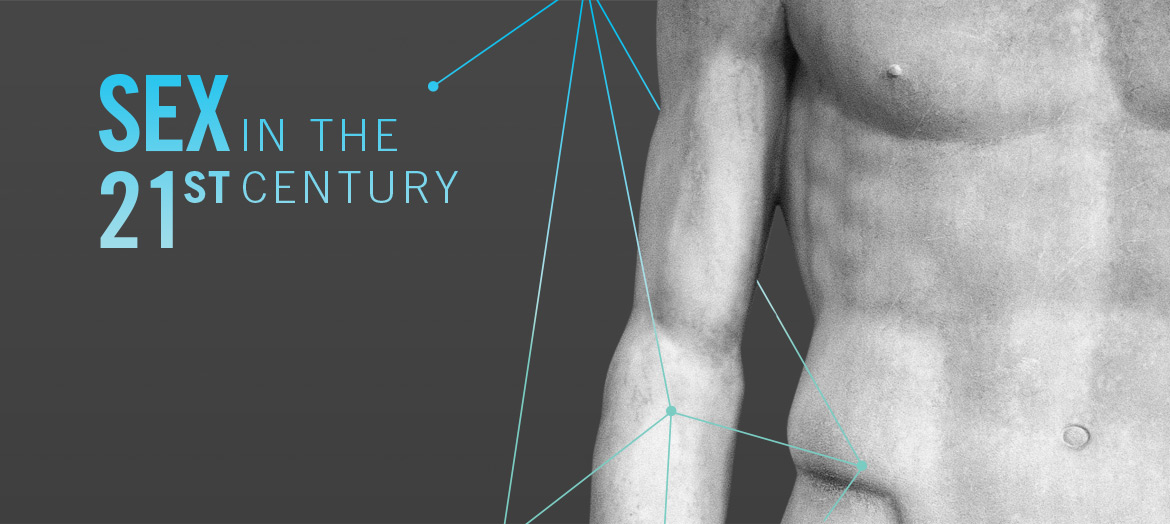Low testosterone / androgen insufficiency / hypogonadism
Content written by Abraham Morgentaler, MD, FACS
Androgens, primarily testosterone, affect sexual desire, erectile function, bone density, muscle mass and strength, adipose tissue distribution, mood, energy and psychological well-being. The mechanism by which androgens affect these physiologic and psychologic systems is through the synthesis of vital proteins. It is primarily testosterone unbound to circulating proteins that directs the synthesis and thus the physiologic activity. Unbound testosterone represents approximately 3% of total testosterone. The remaining 97% is bound to the proteins sex hormone binding globulin (SHBG) (67%) and albumin (33%).
There is a well-documented age-related gradual decline in total testosterone in healthy adult men. Testosterone levels start to decrease at age 40 and continue to decrease linearly at a rate of 1.5% per year, while SHBG levels increase exponentially after age 40. A widely used strategy to determine the unbound portion of testosterone is to measure blood values of total testosterone, SHBG, and if necessary, albumin, and plug these values into the free testosterone calculator in order to determine the “calculated free testosterone.” It is possible to have a normal total testosterone and low “calculated free testosterone” because of a high SHBG value. This can occur associated with obesity, type 2 diabetes and metabolic syndrome. “Calculated free testosterone” values less than 5 ng/dl are considered abnormal.
Symptoms which may be associated with decreased “calculated free testosterone” in the aging male include decrease in sexual activity, loss of libido, erectile dysfunction, decrease in volume of ejaculation, decreased orgasmic intensity, irritability, nervousness, generalized weakness, osteoporosis, decrease of body hair and abdominal obesity. If the “calculated free testosterone” levels are low and these symptoms are exhibited, the diagnosis is testosterone deficiency syndrome. Since blood test values are only one piece of the process involved in protein synthesis and may not represent what is actually happening inside the tissues, it is possible to have normal blood test values of “calculated free testosterone” and still have symptoms associated with testosterone deficiency.
While testosterone is a clinically relevant androgen, there are other androgens including DHEA, DHEA-S (sulfate), androstenedione and dihydrotestosterone (DHT) that can be measured in the blood. Studies have shown that these androgens also fall with increasing age. Although blood levels of free testosterone, percent free testosterone and bioavailable free testosterone may also be measured, studies have shown “calculated free testosterone’ to be more accurate in recording free testosterone.
